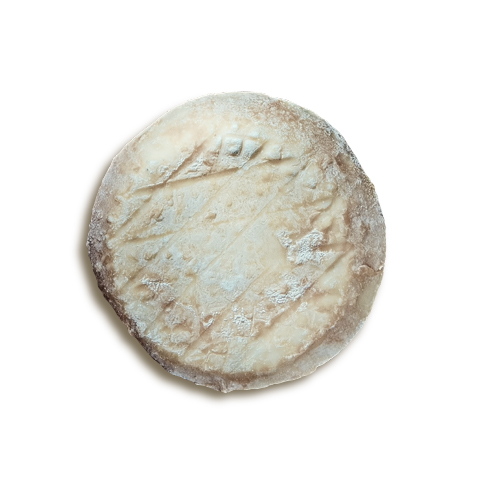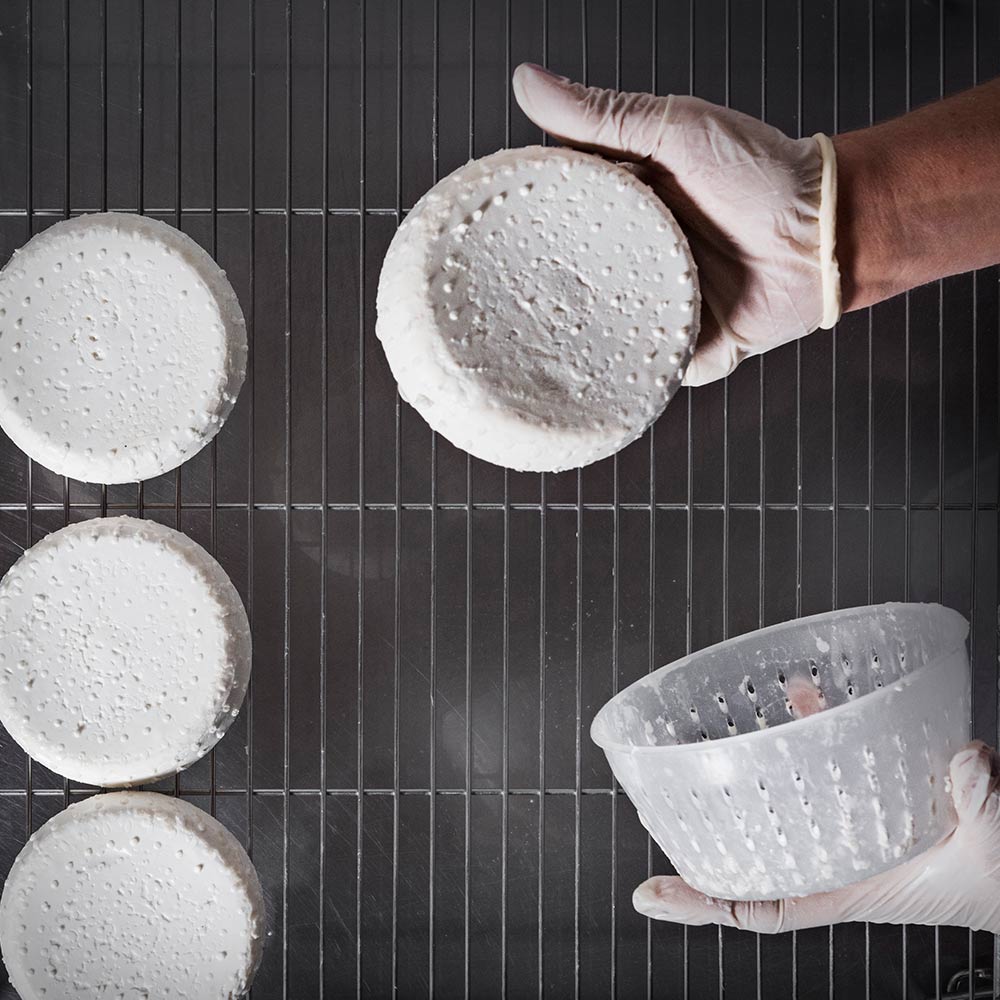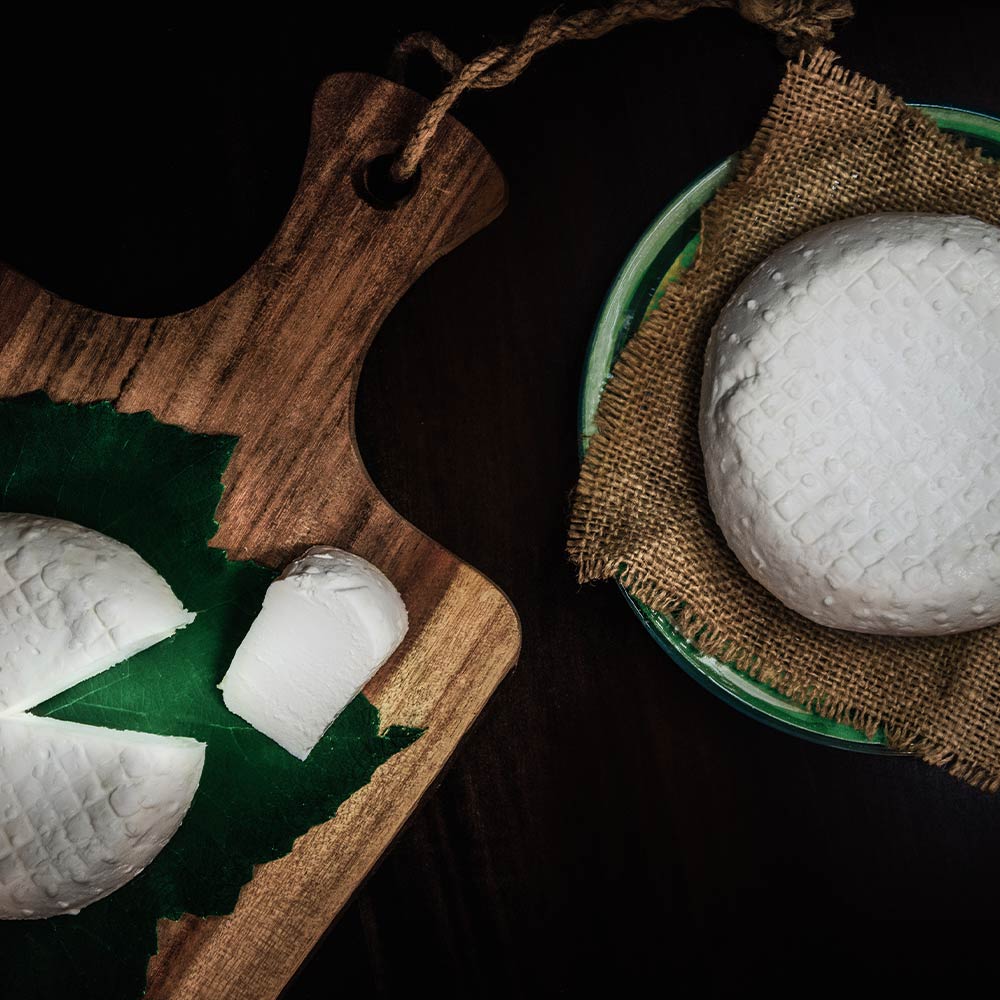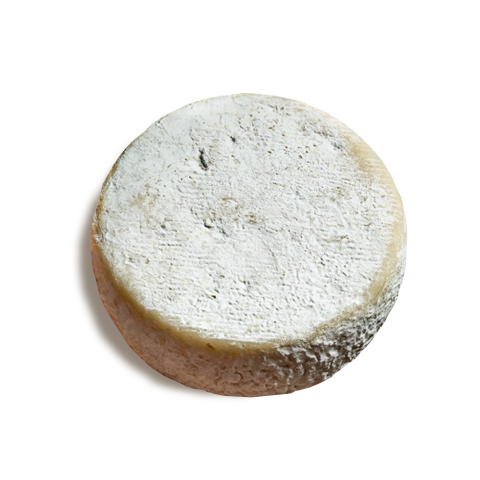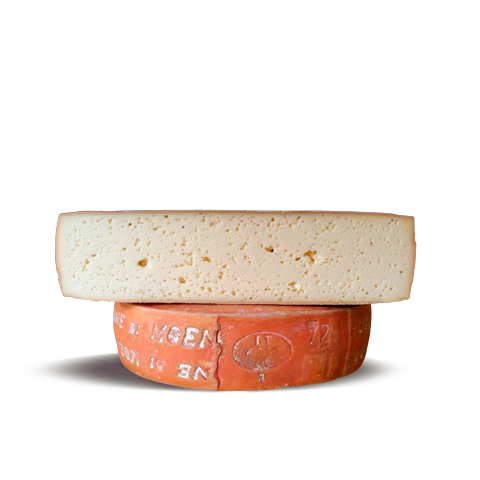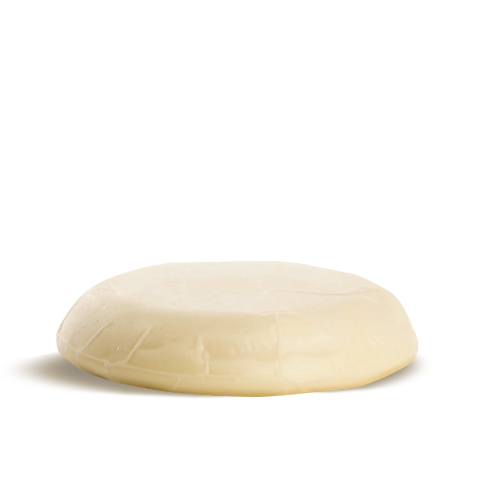Description
Roccaverano PDO is a soft cheese made with acid (lactic) coagulation of raw whole goat’s milk from the Roccaverano and Camosciata Alpina breeds and their crosses. It is available in Fresh, Ripened and Mature types. The origins of Roccaverano PDO date back to the Celts who, having settled in Liguria, began making a cheese very similar to the product we know today.
In his Naturalis Historia, Pliny the Elder mentions “rubeola” of Piedmont, from the Latin ruber, a term used to indicate the reddish colour taken on by the rind at the end of the maturing process. An 1899 manuscript, written by the priest Pistone, records the history of the parish of Roccaverano from 960 to 1860 and also mentions “excellent robiola cheeses” and their distribution and export outside Italy, to France.
In 2021, the producers of the Consorzio Di Tutela Murazzano Dop cheese unanimously decided to remove the term “robiola” from the product name to avoid confusing consumers by using a term that had become commercially ambiguous. Today, Roccaverano PDO is of the very few Italian PDO goat cheeses. The Roccaverano PDO production zone comprises ten municipalities in the province of Asti and nine in the province of Alessandria, in the easternmost area of the Langhe, in the Piedmont region.
